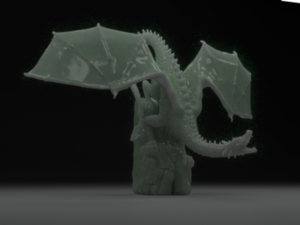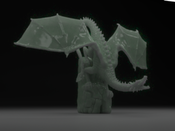Information
- Publication Type: Bachelor Thesis
- Workgroup(s)/Project(s):
- Date: 2014
- Date (Start): 1. October 2013
- Date (End): 1. February 2014
- Matrikelnummer: 0605836
- First Supervisor:
- Keywords: global illumination, photorealistic rendering
Abstract
We present a novel technique to minimize the number of light sources in a virtual 3D scene without introducing any perceptible changes to it. The theoretical part of the thesis gives an overview on previous research in the field of automated lighting design, followed by an introduction to the theory of rendering and genetic algorithms. The implementation is done as extension called "Light Source Cleaner" to LuxRender, a physically based, open-source renderer. The algorithm adjusts the intensities of the light sources in a way that certain light sources can be canceled out, thus enabling to render a similar image with significantly less number of light sources, introducing a remarkable reduction to the execution time of scenes where many light sources are used.Additional Files and Images
Weblinks
No further information available.BibTeX
@bachelorsthesis{silvana_2014,
title = "Automated Lighting Design For Photorealistic Rendering",
author = "Silvana Podaras",
year = "2014",
abstract = "We present a novel technique to minimize the number of light
sources in a virtual 3D scene without introducing any
perceptible changes to it. The theoretical part of the
thesis gives an overview on previous research in the field
of automated lighting design, followed by an introduction to
the theory of rendering and genetic algorithms. The
implementation is done as extension called "Light Source
Cleaner" to LuxRender, a physically based, open-source
renderer. The algorithm adjusts the intensities of the light
sources in a way that certain light sources can be canceled
out, thus enabling to render a similar image with
significantly less number of light sources, introducing a
remarkable reduction to the execution time of scenes where
many light sources are used.",
address = "Favoritenstrasse 9-11/E193-02, A-1040 Vienna, Austria",
school = "Institute of Computer Graphics and Algorithms, Vienna
University of Technology ",
keywords = "global illumination, photorealistic rendering",
URL = "https://www.cg.tuwien.ac.at/research/publications/2014/silvana_2014/",
}

 paper
paper

